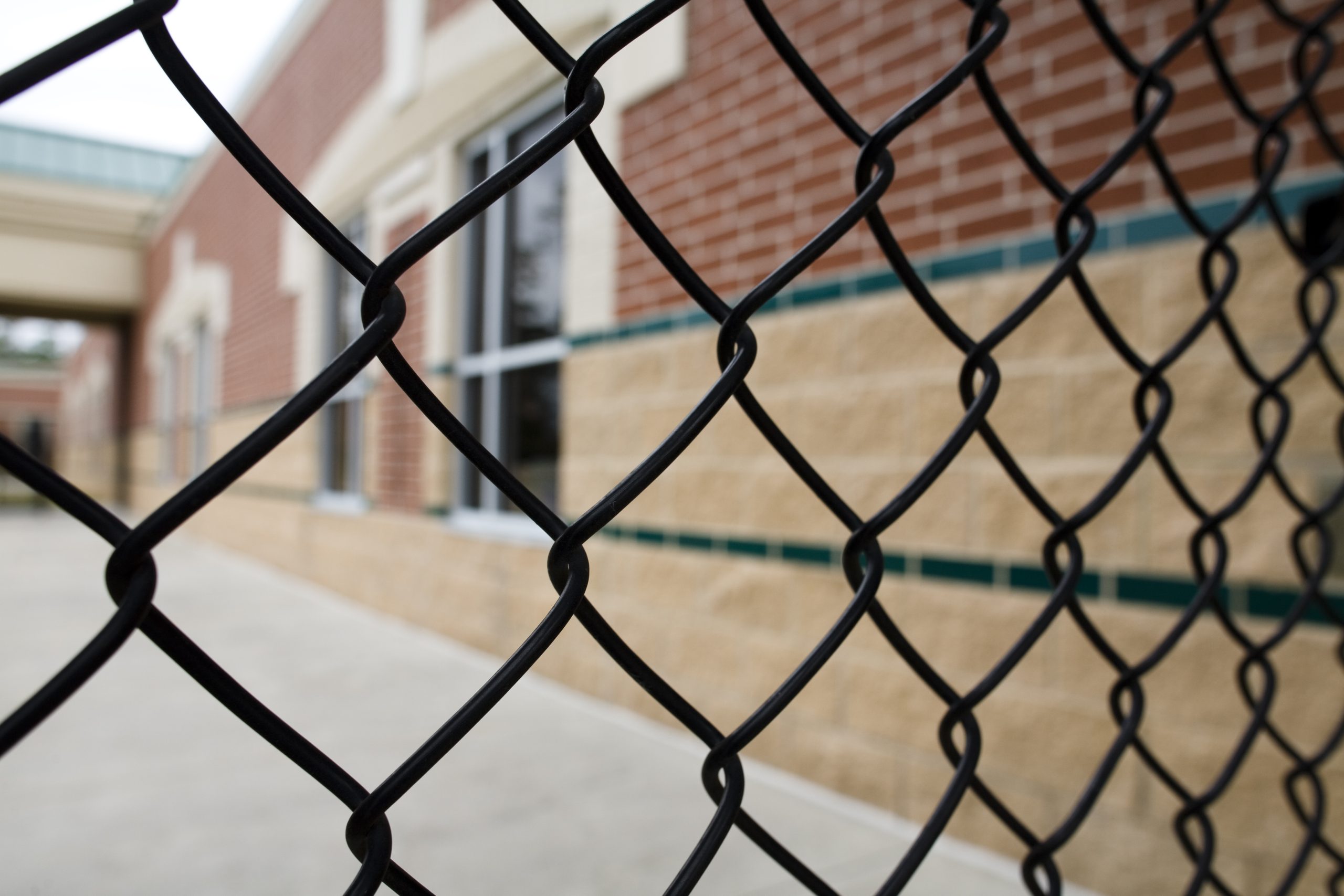CSBA’s April 18 webinar, “Safety First: Expert tips for supporting effective school safety plans and student mental health,” offered advice on comprehensive school safety plans, district-level strategies to keep students and staff safe, and the impact that threats have on mental health.
School safety plans
A school safety plan shouldn’t be in a binder collecting dust.
Tom Herman, administrator of the California Department of Education’s School Health and Safety Office, explained the fundamental components of comprehensive school safety plan, which education code defines as a document and a strategy meant to respond to and prevent threats to school safety.
The plan “should represent systemic efforts to improve school safety,” Herman said. It requires elements such as an understanding of the current state of crime and violence in a school/community, disaster response procedures, child abuse reporting protocols, dress code, school discipline practices, procedures around safely entering and exiting a school site during an emergency and plans for response to criminal incidents including active shooters.
CDE also suggests including information on bullying, suicide prevention policies and more.
Individual school sites review and adopt their plans by March 1 of each year for the district or county office of education to approve. The law doesn’t specify how the plans should be presented to a local educational agency. If a district has not received a schools’ plan by Oct. 15, it has to report that information to CDE.
A school site council committee, consisting of a principal or designee, a teacher who is a representative of a certificated employee organization, a classified employee who is a member of their representative organization, at least one parent and other members as desired, are required to review the plan and consult with local law enforcement and other first responders.
School leaders can reference CDE’s safety plan compliance checklist to ensure they are fulfilling all of their duties.
Herman said governance teams are in a great position to remind superintendents of due dates and to discuss school safety and school climate (Priority Six of the Local Control and Accountability Plan).
District examples
Darshana Patel, board president of Poway Unified School District, shared actions the LEA has taken to protect its 32,000 TK-12 students, including partnering with the San Diego County Office of Education to perform comprehensive school site assessments for campuses.
In addition to securing schools’ perimeters using fencing and security cameras, there is a visitor management system in place as well as emergency notification systems, rapid access systems for first responders and a community tip line that goes to staff and law enforcement. The district utilizes Dewey Cornell threat assessment training so staff knows how to properly assess a situation.
The district also provides its staff with professional learning on restorative justice, anti-bias and anti-bullying, and social-emotional learning is applied in classrooms to support student well-being.
Patel detailed the community-centered approach Poway USD has taken to keeping schools safe, which includes quarterly safety summits on topics like student wellness, mental health, substance abuse and addiction and other regional safety concerns and trends. The summits are offered in a hybrid format with recordings available following the event.
Patel recognized that not all districts have ample resources and suggested steps most LEAs should be able to take to ensure safety, including securing perimeters by implementing visitor management systems, cameras and fencing and establishing open lines of communication with the community.
San Bernardino USD Police Chief Joseph Paulino noted that having a single point of entry to campuses has been successful in his district.
Paulino takes a proactive approach to safety by looking at district facilities using technology as a force multiplier to protect its 83 sites that span 109 square miles. The district has installed cameras on its campuses that connect with a 24/7 central dispatch system, which constitutes a sizeable investment. Like Poway, San Bernadino schools also see fencing as a significant tool.
The police chief noted that training is important and that schools and the community need to be informed of plans to know how to act should an incident occur.
The district has worked to reduce the number of students it cites or arrests by weighing if situations like being caught with a small amount of marijuana deserve a consequence as severe as giving a young person a criminal record.
“Our policy is written where you have to go out of your way to get arrested by us, which I believe is a good thing in terms of not feeding the school-to-prison pipeline,” Paulino said. “We’re mindful of our work of making sure our kids have a bright future.”
Paulino also touched on the differences between threat assessments versus profiling. Profiling — weaponizing information to target a specific group or person — is never OK, Paulino said. Threat assessments are behavior driven, considering an individual’s stated or exhibited behavior and determining if it is for a public safety concern.
Mental health
Erika Felix, a professor at University of California, Santa Barbara, and a licensed clinical psychologist, spoke to the everyday effects of school victimization and bullying, the toll it takes on students and the need for multi-tiered responses to reduce the impact on their mental health.
Felix advised schools to use strong, evidence-based approaches to prevent bullying.
“You need a comprehensive social-emotional health curriculum that includes bullying prevention that’s been studied and shown to work, so that your investment of time, money and resources will pay off,” Felix said.
She also offered her take on the impact of safety drills on students, saying there is a diversity of opinion on the topic, but she feels they should always be announced to help avoid triggering stress responses. She cautioned against using graphic images when training for school shootings and reminded attendees to make sure students are receiving developmentally appropriate training. Some signs that students and staff may exhibit after a stressful event include headaches and stomach aches, increased fidgeting, becoming withdrawn, problems with impulse control and an inability to focus. Having Multi-Tiered Systems of Support and trauma-informed supports in place to help deal with these is critical. (CSBA recently hosted a separate webinar on the basics of trauma-informed education. Read a recap here.)
To ensure students with disabilities are considered in safety and evacuation plans, Felix suggested that school leaders involve students and their families in the planning process to make sure their individualized needs are met.
View a recording of the webinar here.





